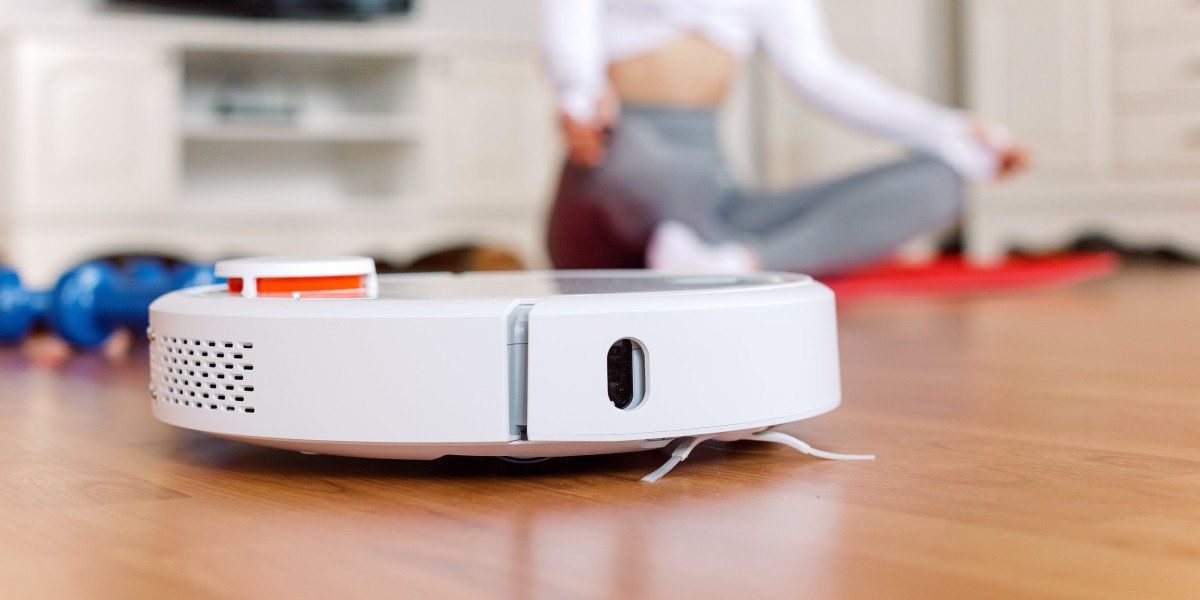Back pain is a common issue that affects millions of people worldwide, and poor posture is one of the leading causes. Many people unknowingly develop habits that strain their spine and muscles, leading to discomfort and even chronic pain. Whether you're sitting at a desk, standing for long hours, or using your phone frequently, improper posture can take a toll on your body. The good news is that making simple adjustments can significantly reduce back pain and improve overall spinal health.
In this blog, we’ll explore how poor posture contributes to back pain, the best ways to correct it, and easy steps to follow for long-term relief. Additionally, we’ll discuss how Aspadol 100 mg (Tapentadol) can be used as a pain relief option for those experiencing severe discomfort due to posture-related issues.
How Poor Posture Leads to Back Pain
Posture refers to the way we hold our bodies while standing, sitting, or moving. Good posture ensures that the bones and muscles remain in proper alignment, reducing unnecessary strain on the spine. Poor posture, on the other hand, can lead to muscle imbalances, tension, and chronic pain over time.
Common Ways Poor Posture Causes Back Pain
1. Slouching While Sitting
Slouching or hunching forward while sitting puts excessive pressure on the lower back and spine. Over time, this can weaken the muscles that support your spine, leading to persistent back pain.
Solution: Sit with your back straight, shoulders relaxed, and feet flat on the floor. Use a chair with lumbar support to maintain proper spinal alignment.
2. Forward Head Posture
Looking down at your phone or computer screen for long hours can lead to forward head posture. This strains the neck, upper back, and shoulders, contributing to pain and stiffness.
Solution: Keep screens at eye level and take frequent breaks to stretch your neck and shoulders.
3. Rounded Shoulders
When your shoulders roll forward, it weakens the back muscles and tightens the chest muscles, leading to poor spinal alignment and back pain.
Solution: Strengthen your back muscles with exercises like rows and reverse flys while stretching your chest to maintain balance.
4. Standing with a Swayback
Standing with your pelvis pushed forward or an exaggerated curve in the lower back places excessive strain on the lumbar spine. This can lead to lower back pain and discomfort.
Solution: Engage your core muscles and distribute your weight evenly when standing. Keep your shoulders in line with your hips for a neutral spine position.
5. Sleeping in the Wrong Position
Sleeping with poor spinal support can worsen back pain. A mattress that is too soft or too firm can cause spinal misalignment.
Solution: Choose a mattress that supports your natural spinal curve. Sleeping on your back with a pillow under your knees or on your side with a pillow between your legs can help maintain proper alignment.
Easy Steps to Fix Your Posture and Relieve Back Pain
1. Practice Proper Sitting Posture
Since many people spend long hours sitting at a desk, it’s essential to ensure proper posture while working or studying.
Tips for Better Sitting Posture:
- Keep your back straight and supported by the chair.
- Adjust your chair height so that your feet rest flat on the floor.
- Keep your knees at a 90-degree angle and avoid crossing your legs.
- Position your screen at eye level to prevent forward head posture.
2. Maintain Good Standing Posture
Standing with proper alignment reduces strain on the lower back and prevents muscle fatigue.
Tips for Better Standing Posture:
- Stand with your shoulders back and relaxed.
- Engage your core muscles to support your spine.
- Distribute weight evenly on both feet instead of leaning on one side.
- Avoid locking your knees for long periods.
3. Strengthen Core Muscles
A strong core helps maintain good posture and supports the lower back. Weak abdominal muscles can cause excessive strain on the spine.
Core-Strengthening Exercises:
- Planks: Helps stabilize the spine and build core endurance.
- Bridges: Strengthens lower back and hip muscles.
- Dead Bug Exercise: Improves core stability and posture.
4. Stretch Tight Muscles
Poor posture often leads to muscle imbalances, where some muscles become tight while others become weak. Stretching helps improve flexibility and reduces tension in the back.
Effective Stretches for Better Posture:
- Chest Stretch: Opens up the shoulders and prevents rounded shoulders.
- Upper Back Stretch: Relieves tension in the upper spine.
- Hip Flexor Stretch: Reduces lower back strain caused by tight hips.
5. Use Ergonomic Support
Making simple ergonomic changes can significantly improve your posture and prevent back pain.
Ergonomic Adjustments:
- Use a chair with proper lumbar support.
- Keep your desk and monitor at an appropriate height.
- Use a footrest if needed to maintain proper alignment.
- Sleep with a supportive mattress and pillow to keep your spine neutral.
6. Take Frequent Breaks from Sitting
Sitting for long hours without movement can cause stiffness and back pain.
Solution: Set reminders to stand up, stretch, and walk around every 30-60 minutes. This improves circulation and reduces muscle fatigue.
7. Be Mindful of Your Posture Throughout the Day
Being conscious of your posture can prevent bad habits from forming. Set up reminders or use posture-correcting wearables if necessary.
When to Consider Medication for Back Pain
If posture correction and natural remedies don’t relieve your back pain, you may need additional treatment. Aspadol 100 mg (Tapentadol) is a prescription pain medication that can help manage moderate to severe back pain.
How Aspadol 100 mg Helps with Back Pain:
- Works on the central nervous system to alter pain perception.
- Provides relief for posture-related back pain and muscle spasms.
- Helps manage chronic pain conditions when other treatments aren’t effective.
Important Note: Aspadol 100 mg should only be used under medical supervision, as it is a potent pain reliever. It is not a long-term solution but can be useful for managing severe pain while correcting posture issues.
When to See a Doctor for Back Pain
If you experience any of the following symptoms, consult a healthcare professional:
- Persistent back pain lasting more than a few weeks.
- Severe pain that worsens despite home treatments.
- Numbness, tingling, or weakness in the legs.
- Difficulty standing, walking, or controlling bowel or bladder function.
A doctor can assess your condition and recommend appropriate treatments, including physical therapy, pain management, or further diagnostic tests.
Conclusion
Fixing your posture is one of the most effective ways to relieve and prevent back pain. Whether sitting, standing, or sleeping, maintaining proper spinal alignment reduces strain on muscles and joints. Simple changes such as using ergonomic support, strengthening core muscles, and stretching regularly can make a significant difference in back health.
For those experiencing severe or persistent pain, medications like Aspadol 100 mg may offer temporary relief. However, posture correction should remain the primary focus to prevent long-term issues.
By incorporating these easy steps into your daily routine, you can improve your posture, reduce discomfort, and enjoy a pain-free, healthier back. If your back pain persists, don’t hesitate to seek medical advice for a personalized treatment plan.








